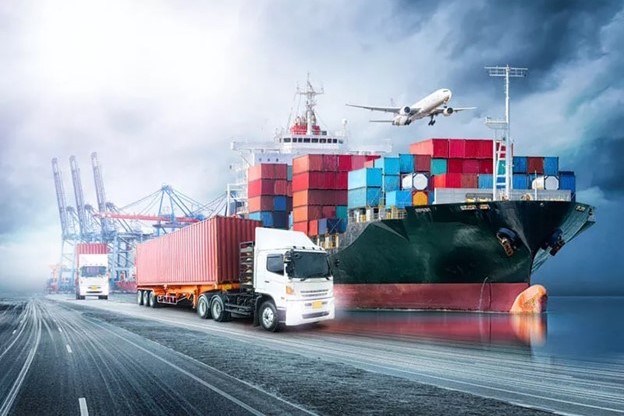Abstract
Farshad Adel (Secretary of the Silk Road Research Working Group)
I wrote a note in the “Contemporary World,” arguing that Europeans discovered new communication routes after the fifteenth century, connecting the European continent to other parts of the world through marine routes. These routes opened up new possibilities and led to significant developments in various fields for the Western world. Europe transitioned from being the “endpoint of the Silk Road” to the “origin of world developments” after this event. The discovery of marine routes not only brought wealth and power to European countries but also enabled the conquest of new lands, known as the “New World.” These lands became a hub for a new worldview, emphasizing the production of wealth and technological development as the key values of progress. This worldview spread not only through terrestrial routes among Asia, Europe, and Africa but also through marine routes from Western Europe to America, setting the stage for the rise of a new superpower in the contemporary age. The Western axis, led by the United States of America, introduced a new form of development and wealth production based on marine commerce, which continues to this day.
After the economic and industrial growth of Asian powers like China and India in recent years, geopolitical and geoeconomic rivalries in the world have entered a new era. This new era bears resemblance to the period when terrestrial routes flourished, serving as Asia’s primary source of power and wealth for centuries. Known as the “Silk Road,” these routes brought prosperity and development to cities along the terrestrial trade routes, including Xi’An, Kashgar, Samarkand, Bukhara, Merv, Rey, and Baghdad.
This new era firmly established itself in 2013 with the official announcement of China’s Belt and Road Initiative, aimed at accessing new markets in the western regions. This initiative has paved the way for significant developments and activities by countries in the region. Each of these countries has adopted unique strategies and initiatives to secure their share of political, economic, and cultural interests in this era of corridors. These efforts have resulted in intense competition in commerce, economics, and infrastructure, ultimately leading to a form of development based on the integration of economic interests among the participating countries. It is evident that such economic developments will also have an impact on political and cultural aspects.
The current circumstances present a significant opportunity for Iran, given its historical importance as a crucial hub in the terrestrial trade routes, to regain its influential role in shaping regional and international processes. However, it is crucial to acknowledge that opportunities do not last indefinitely, and without proper plans to capitalize on them, they can slip away. Despite Iran’s geographical significance and its historical contributions to connecting different regions, there is a real risk of overlooking its historical and geographical role in the present era with the advancement of other means. Such neglect would result in Iran being sidelined from creating crucial transportation, digital, and energy connections among various countries in the future world. In the not-so-distant future, this could potentially render Iran an “invisible country” in the region.
The existence of such a significant risk highlights the immense opportunities that Iran has in the age of corridors. It has the potential to adopt distinct initiatives and strategies to reclaim its historical and geographical role in the present era. Iran, more than any other country, has the opportunity to capitalize on its rich civilization, strategic geographical location, and its fifteen neighboring nations, positioning itself as the primary beneficiary in the competition for corridors in the West Asian region.
Until now, the potential role of Iran in this regard has been largely overlooked, allowing Turkey to take the lead in these initiatives. Especially after the conflict in Ukraine, Turkey has seized the opportunity to position itself as the primary access route from East to West through the middle corridor by capitalizing on the closure of Russian borders with Europe. Additionally, Persian Gulf countries are actively seeking to enhance their relations with China to facilitate connections between East Asia, the Mediterranean, and North African nations. Pakistan, with its strategic partnership with China, is also a key player in the “war of corridors.”
Note: The Complete version of this essay is in Persian Website of Think Tank


